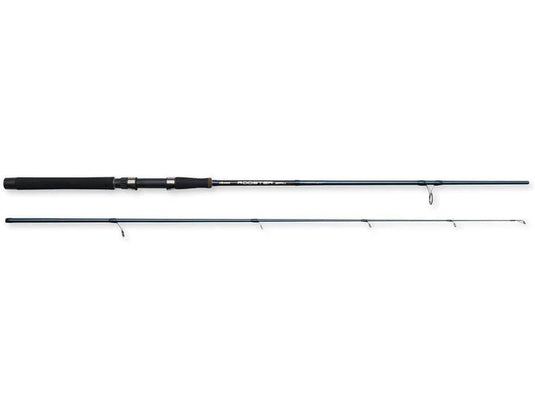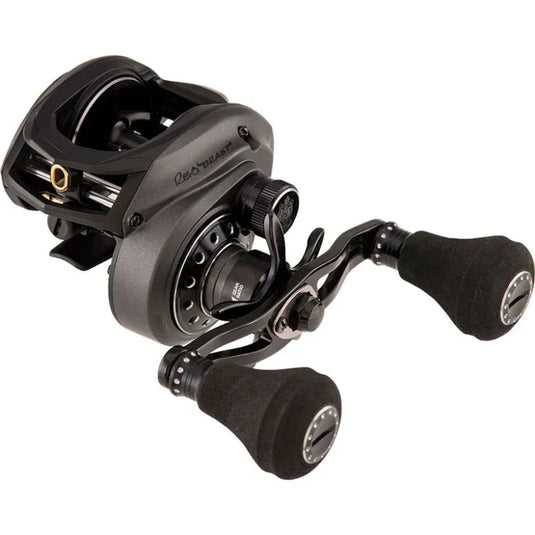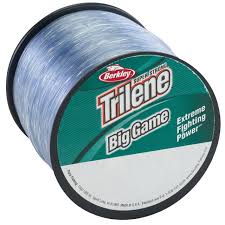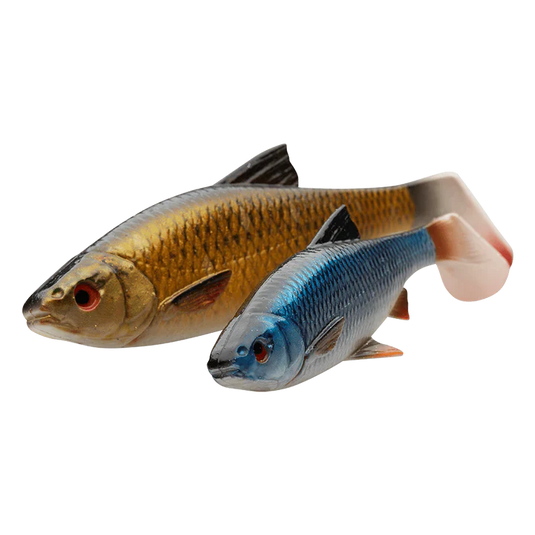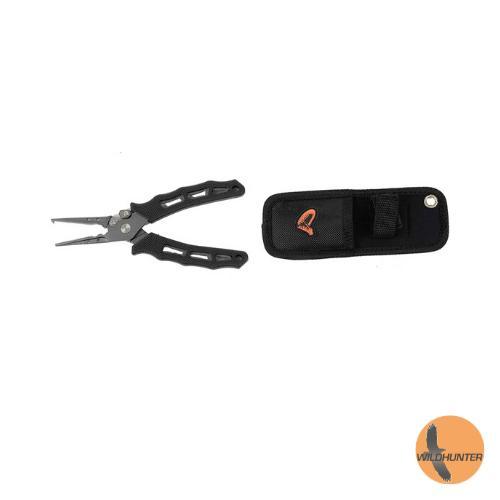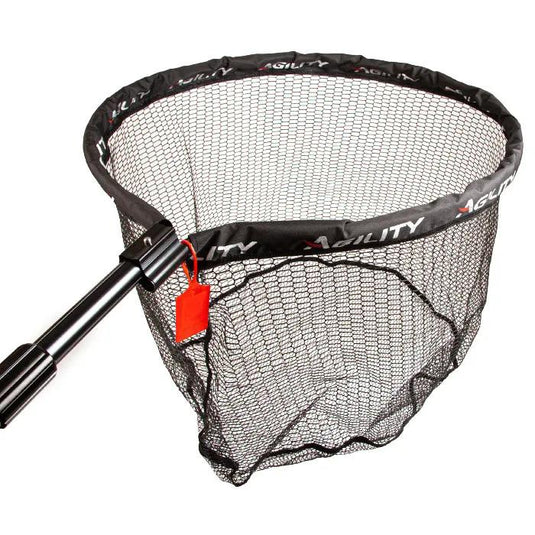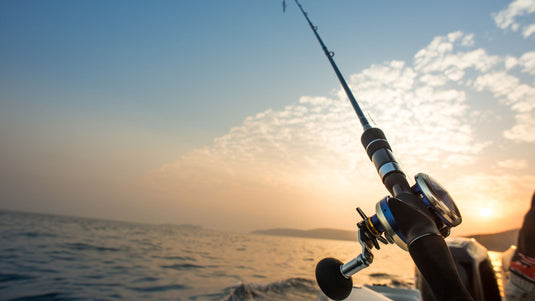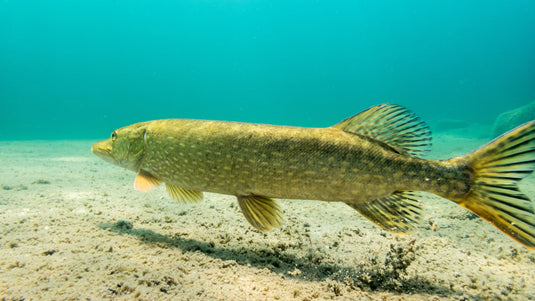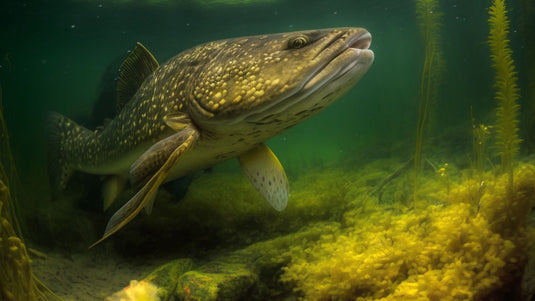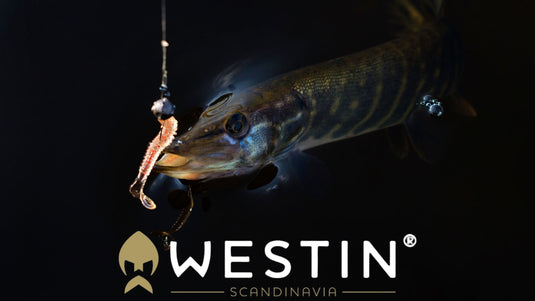Essential Tackle for Pike Fishing in Ireland
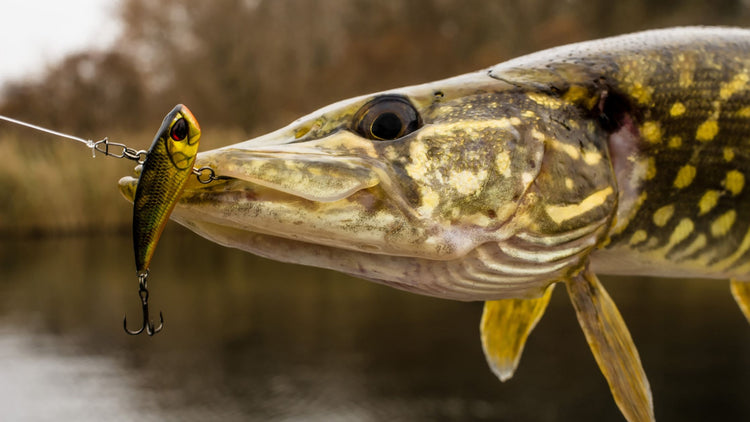
Fishing Tackle for Pike Fishing in Ireland
Ireland is home to some of the best pike fishing waters in Europe, with its rivers, lakes, and canals offering plenty of opportunities to catch these aggressive predators. Whether you’re new to pike fishing or a seasoned angler, having the right gear is crucial. This blog will guide you through the essential tackle you’ll need for successful pike fishing in Ireland, from rods and reels to lures and safety equipment.
1. Rods
Your choice of rod is fundamental when targeting pike. The right rod provides the strength to control big fish while giving you the sensitivity to detect subtle bites.
-
Casting Rods: For lure fishing, a casting rod designed for use with baitcasting reels is ideal. Opt for a medium-heavy or heavy-action rod between 7-9 feet, with a casting weight of 20g to 80g. This range accommodates popular pike lures like crankbaits, jerkbaits, and soft plastics.
-
Dead Baiting Rods: If you prefer dead baiting, choose a slightly longer rod (10-12 feet) with a test curve of 3 to 3.5lbs. These rods offer the power to cast large baits and handle the explosive runs of big pike.
2. Reels
Selecting the right reel is crucial for landing pike, particularly in Ireland where big, strong fish are common.
-
Spinning Reels: For anglers who prefer spinning setups, a 4000 to 6000 size reel works well for casting lures. Look for a reel with a smooth drag system, as pike are known for their powerful runs, and you’ll need a reel that can handle both the fight and heavy-duty line.
-
Baitcasting Reels: Baitcasting reels are becoming increasingly popular among pike anglers, particularly for casting heavier lures with precision. Choose a low-profile or round baitcaster with a smooth drag system and a good line capacity (capable of holding 40-65lb braid). Baitcasters provide more control and accuracy when working with larger lures, such as jerkbaits or swimbaits, which can entice bigger pike.
-
Baitrunner Reels: If you’re dead baiting, baitrunner reels are an excellent choice. They allow the pike to take the bait and swim off freely without feeling the tension, giving you more time to strike. Opt for a size 6000-8000 baitrunner to match the power and size of Irish pike.
3. Line
Pike are known for their sharp teeth and strong runs, so using a tough, durable line is essential.
-
Braided Line: Braid is the most popular choice for pike fishing due to its strength and sensitivity. A 40-65lb braid will withstand the teeth and power of pike while still allowing you to cast well and detect light bites. It also offers excellent abrasion resistance, which is handy when fishing around weeds or rocky structures.
-
Monofilament: If you prefer monofilament, use a high-quality 15-20lb test line. While mono has more stretch than braid, which can help absorb sudden lunges from a hooked pike, it’s slightly less sensitive, making it harder to detect subtle takes.
4. Leaders and Traces
Pike have razor-sharp teeth that can easily slice through regular fishing line, so a strong leader or trace is vital.
-
Wire Traces: A wire trace is a must when fishing for pike. Use at least an 18-inch wire trace with a breaking strain of 30-40lbs to prevent bite-offs. Pre-made wire traces are available, or you can make your own using wire trace material and crimping sleeves.
-
Fluorocarbon Leaders: Some anglers opt for heavy fluorocarbon leaders (80-100lb) when fishing in clear water, as it’s less visible to fish than wire. However, wire remains the more reliable option, especially when targeting larger pike.
5. Lures and Baits
Pike are opportunistic predators, and their aggressive nature means they will strike a wide range of artificial and natural baits. Here are some essential options for both lure fishing and dead baiting.
-
Lures: Having a variety of lures is key to successful pike fishing. Some top choices include:
- Jerkbaits: These hard-bodied lures mimic the erratic movements of injured fish, triggering aggressive strikes.
- Spinnerbaits: Spinnerbaits create flash and vibration, making them ideal for fishing in weedy or murky water where visibility is low.
- Crankbaits: These lures offer a steady retrieve and come in various depths, making them versatile for different conditions.
- Soft Plastics: Soft shads, paddle tails, and swimbaits are great for slow retrieves, especially in colder water when pike are less active.
- Topwater Lures: For an exciting surface action, use buzzbaits or topwater frogs. They’re most effective during the warmer months when pike are more likely to strike near the surface.
-
Dead Baits: Dead baiting is particularly effective in the winter months when pike are less active and looking for an easy meal. Popular dead baits include mackerel, herring, and smelt. You can present dead bait on the bottom using a ledger rig or suspended in mid-water using a float.
6. Hooks
Hook choice is important when fishing for pike, particularly when using larger baits or lures.
- Treble Hooks: When dead baiting, size 4 or 6 treble hooks are standard. These hooks increase your chances of a solid hook-up by providing multiple points of contact.
- Single Hooks: Some anglers prefer single hooks for lure fishing or catch-and-release pike fishing, as they are less damaging to the fish. Sizes 2/0 or 3/0 are ideal, depending on the size of the lure or bait.
7. Landing Net
Pike can grow to impressive sizes, so a large, sturdy landing net is essential for safely landing and handling the fish.
- Rubber or Fish-Friendly Mesh: Choose a net with rubber or soft mesh to avoid damaging the pike’s protective slime coat.
- Wide and Deep: A net with a wide hoop and deep mesh bag will help you land large pike more efficiently, ensuring a smooth and safe release.
8. Unhooking Tools
Pike have sharp teeth and powerful jaws, so proper unhooking tools are crucial for your safety and for the fish’s well-being.
- Long-Nose Pliers: These are essential for safely removing hooks, especially if the pike is deeply hooked.
- Wire Cutters: If a hook is too deeply embedded, it’s often better to cut it out rather than risk injuring the fish further.
- Unhooking Mat: An unhooking mat provides a safe, padded surface to lay the pike on while you remove the hooks and take any photos. This helps prevent injury to the fish.
9. Floatation and Safety Gear
Safety should always come first when fishing in Ireland’s unpredictable waters, particularly when fishing from a boat or kayak.
- Life Jackets: Always wear a life jacket when fishing from a boat. Even if you’re fishing from the shore, it’s worth having one handy if you’re near deep water or slippery rocks.
- Waders: Chest or thigh waders are useful for fishing from the bank or wading in shallow areas, providing warmth and protection from the elements.
Conclusion
Pike fishing in Ireland is a thrilling adventure, offering the chance to catch some of the biggest and most aggressive predators in freshwater. To make the most of this experience, it’s essential to have the right tackle. Whether you’re lure fishing with casting rods and baitcasting reels or dead baiting from the shore, a well-prepared setup is key to landing these formidable fish. With the right gear and approach, you’ll be well on your way to hooking a monster Irish pike!

